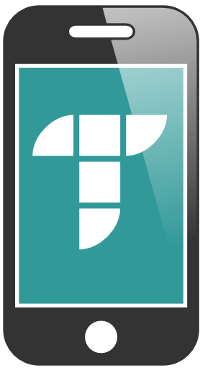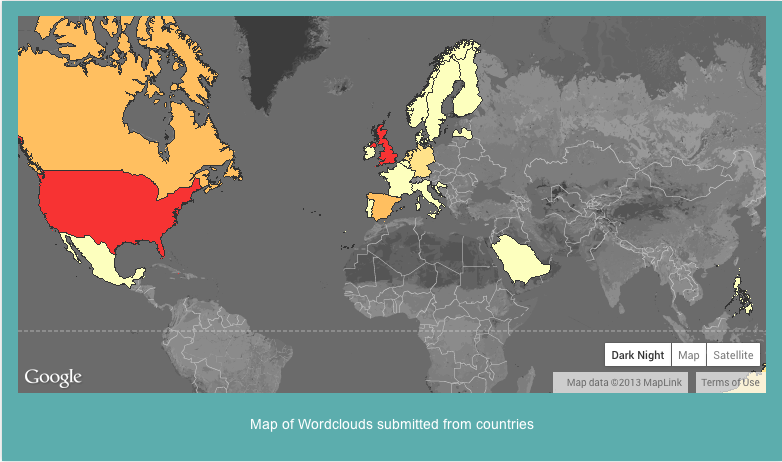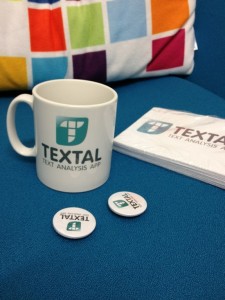tl;dr – Textal has not been working for a while but we’ve fixed it and released a new up-to-date version today! New features coming in the next update.
I won’t lie, development on Textal has been slow. In only 385 days after the initial launch of Textal we have more than 2,263 active users in the last 6 months, over 4,000 installs and over 78 million words processed by the single server we use to do all the hard work of turning your words into beautiful interactive clouds. To be honest, neither Melissa or I ever thought that Textal would take off quite like it has in reality. We built a system that we would use ourselves and seeing other people around the world, in over 38 different countries, justifies all the hours we both put in to build the system. Fast Forward a year and a lot has changed.
We launched 2 months before iOS 7 was released and we didn’t have time before launch to change all the codebase to support the new user interface guidelines. Twitter changed their API’s effecting how we collect twitter using your phone. To top it all off Project Gutenberg even changed their API’s which meant that fetching books became impossible without resorting to a few tricks to keep Textal from completely breaking. If you have used Textal recently you probably noticed some problems but never realised what was happening behind the scenes. A recent comment in the iTunes Store made me sit up and take notice.
Great but…
Love the concept but the app seems to be broken now? I can’t import books nor tweets. Will update the rating when it works the way it’s supposed.Another feedback: it’d be interesting to see the frequency of 2-grams instead of merely ranking them. And maybe throw in 3-grams as well? 🙂
— BAM875
Thanks BAM875 for your feedback, it’s great to get new ideas to add features to the app but even better when our users do the testing for us!
First of all let me assure you that Textal isn’t dead! I’m the only developer that works on Textal – just me! I created the app, I created the server, I keep the server from crashing and actually manage the physical machine that runs Textal along with 50 other academic systems that run on the virtual machine. At the same time I’m working as a researcher at UCL CASA, I’m writing a new course from scratch, I’m finishing off my PhD which I started around the same time as I started building Textal, I’m building the software to support my PhD, I’m doing systems admin for the department and somewhere admits all this I’m trying to have a social life outside work. I really have been so busy I’ve neglected a lot of my active development projects. This is the way of most academic projects.
We built Textal on a shoestring: £10,000, 3 people (a graphic designer, a project lead/marketing, and a single developer). When you look at a normal tech startup company, they can get up to 10 times that amount to bring a product to your phone. The disadvantage to this is if anything goes wrong – and believe me, any project you build over time things will start breaking – you don’t have any time to go back to an older project to fix it as you have to look forward and build the next system that will bring the funding in. Welcome to modern day Academia. No big teams developing new feature and making sure the product is working, no time just to check that the system is running. This is where users come in, just letting us know that something’s not right will make us stand up and do something about it.
Today we are releasing a new version of Textal. It’s been updated to look better on iOS 7, we have a new icon, all the bugs fixed and Textal is once again fully useable to create word clouds. I’ve also added some new features to the app which makes it easier to use. When you submit your word cloud, Textal will now tell you when all the stats have been created even if your not in your app. You no longer need to wait until Textal has finished processing. Go check an email or look up the news, if you have enabled notifications Textal will pop up an event and let you know when the stats are ready to view. You can turn this off in the settings if it becomes annoying or better yet just let us know on twitter.
In the coming months we have new features planned and we will release them once the features have been fully tested. We’re working to make the app easier to use and exploring our options on how to bring Textal to as many platforms as we can. Just be patient with us. We’re all really busy but we want to grow Textal in the next year so watch this space.
Thanks for helping us grow Textal and here’s to the next 385 days!





